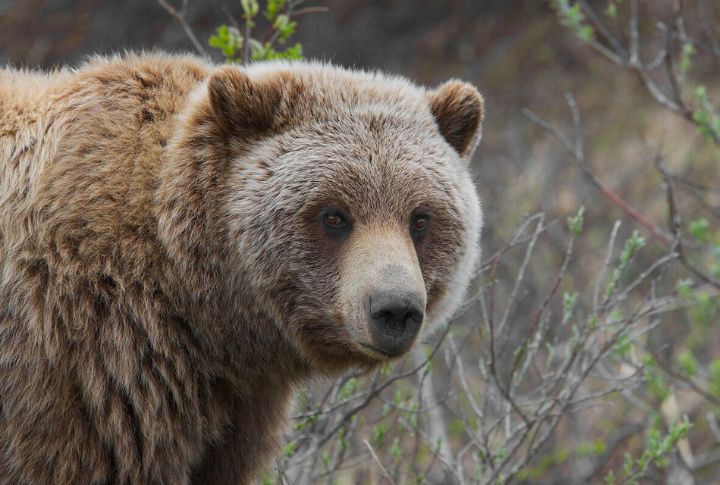
Grizzly bears are captivating creatures, but misunderstandings often cloud their true nature. These grizzlies, running up to 30 miles per hour with a sense of smell seven times stronger than a bloodhound’s, sometimes fuel unnecessary fear and conflict. Read on as we debunk 15 prevalent myths surrounding these majestic creatures.
Grizzly Bears Are Always Aggressive
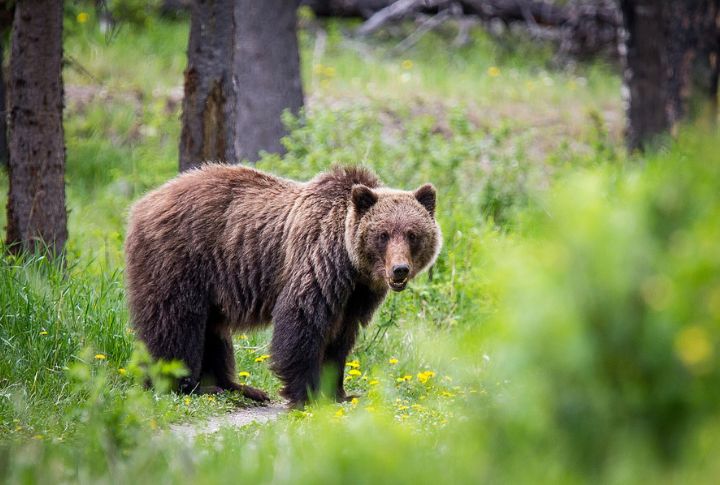
Contrary to popular belief, grizzly bears are not naturally aggressive. In fact, most bear encounters end peacefully, and grizzlies often go out of their way to avoid humans. With proper precautions, humans can coexist with grizzlies safely.
All Brown Bears Are Grizzlies
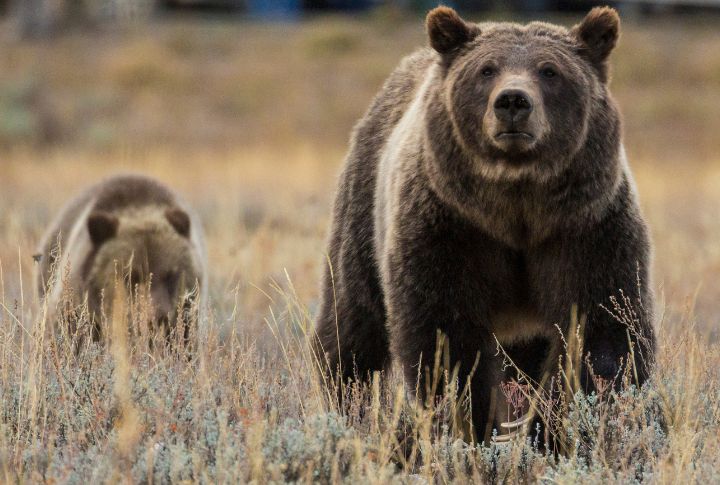
Both grizzlies and brown bears belong to the same species (Ursus arctos). However, not all brown bears are grizzlies. Grizzlies are a specific subspecies in North America with distinct physical and behavioral characteristics.
Grizzlies Only Live in the Wilderness
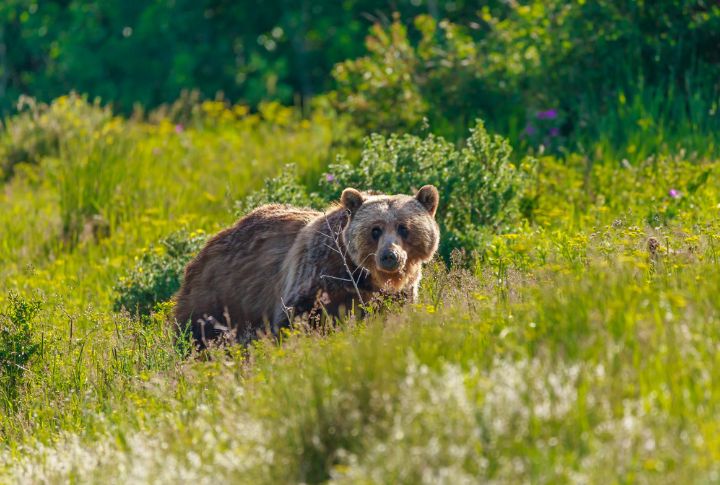
One of their interesting features is that they are incredibly adaptable and thrive in habitats such as dense forests, mountainous regions and even coastal areas. Their ability to adjust to different environments is a testament to their remarkable resilience.
They Only Eat Meat
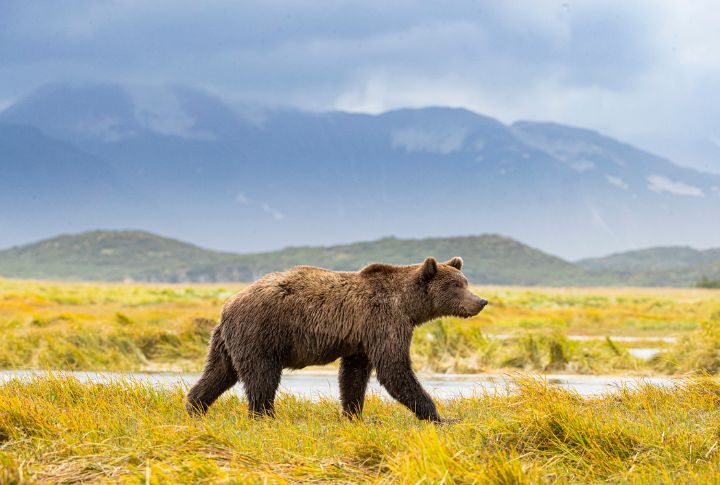
Grizzly bears are omnivores, which means they enjoy a diet that includes berries, plants, insects, and fish in addition to meat. This diet allows them to survive and thrive in different environments.
Grizzlies Are Slow and Clumsy
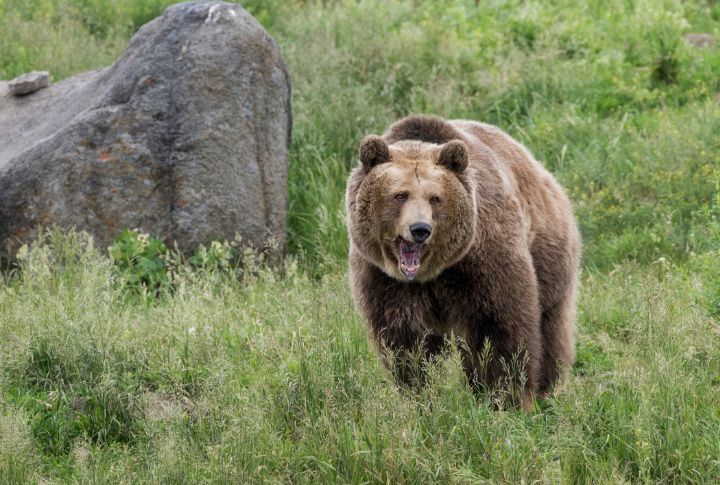
Despite their large size, grizzly bears are surprisingly agile and can run 30 miles per hour. They are also skilled climbers, capable of easily scaling trees and mountains, making them formidable creatures in their natural habitat.
They Hibernate All Winter

Brown bears enter a state of torpor during winter, reducing their heart rate and metabolism. However, they don’t truly hibernate and can wake up periodically to stretch and move around.
Grizzlies Are Solitary Animals
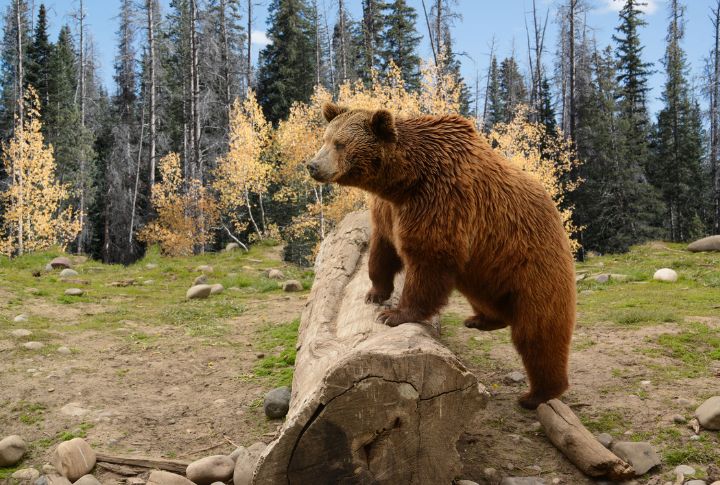
While often thought to be solitary creatures, they can be quite tolerant of each other’s presence. This is especially concerning sharing food sources like salmon streams or berry patches.
They Attack Without Warning
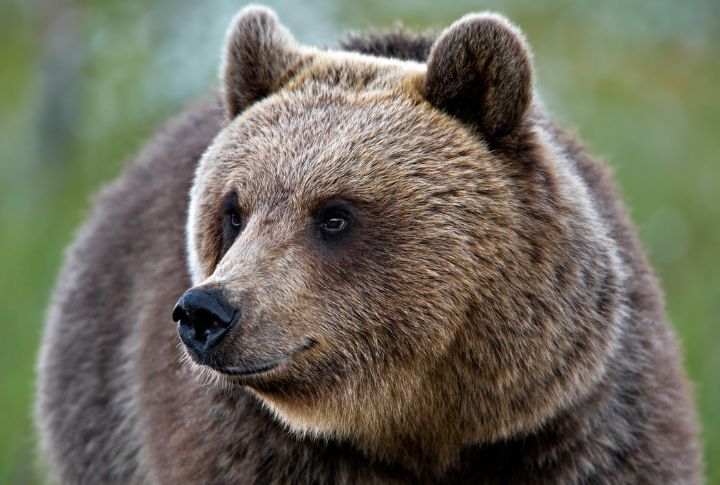
Contrary to popular belief, grizzly bears often give warning signs before attacking, such as huffing, growling, or bluffing charges. By paying attention to these cues, anyone can avoid encounters from turning deadly.
Playing Dead Works Every Time
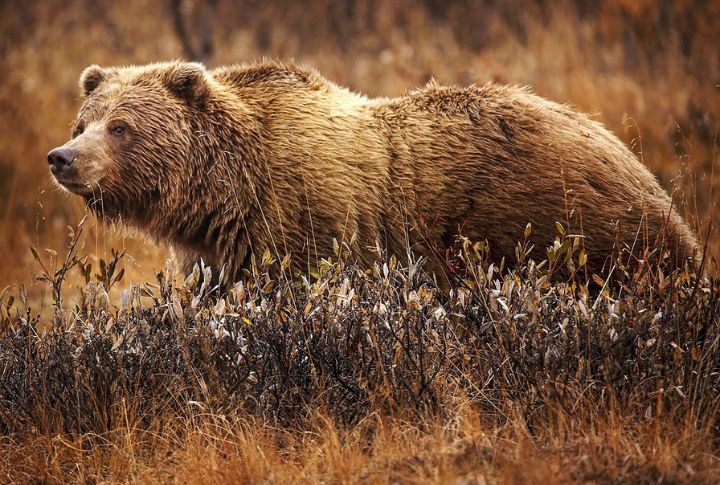
Playing dead can be an effective deterrent against grizzly bears. But it’s not a foolproof strategy. Some bears may still investigate or even nudge the “dead” person to check for vital signs.
Grizzlies Only Live in the Rockies
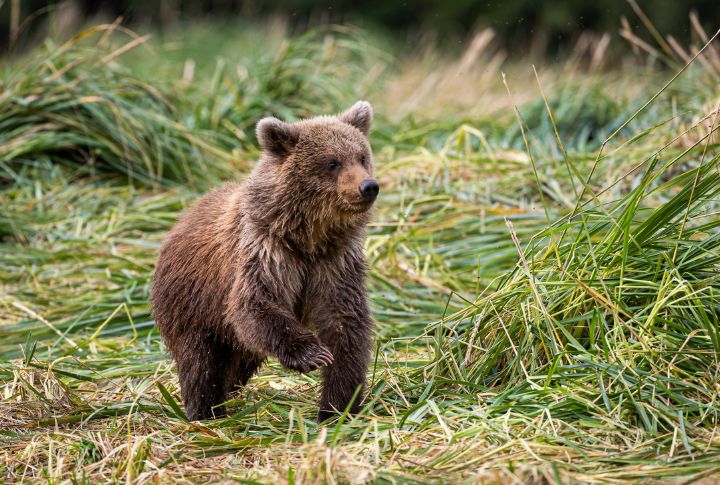
North American grizzlies inhabit many regions, including Alaska, British Columbia, the Yukon, and the Pacific Northwest. They can thrive in a wide selection of habitats.
They Only Fish for Salmon

When it comes to fish, they have a diverse palate. Salmon is a staple, but they also feast on trout, whitefish, and other species that inhabit their aquatic habitats.
Grizzlies are Slow Swimmers
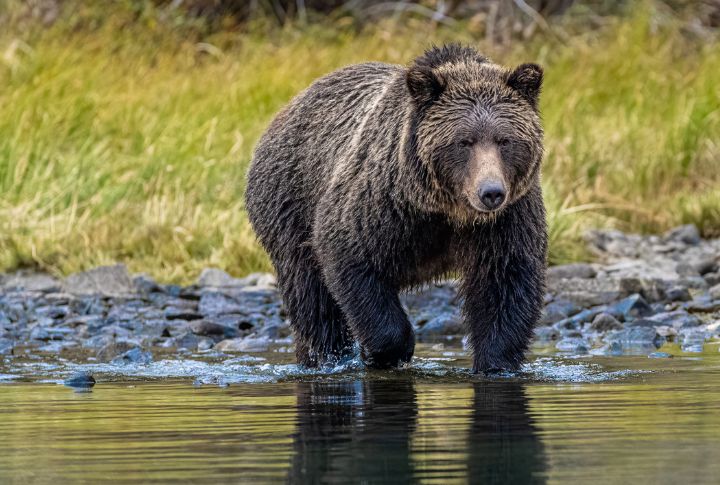
They are capable swimmers and have been known to swim for hours or even days at a time. By propelling themselves using a powerful breaststroke motion, they can achieve speeds of up to 5 miles per hour. Their water-repellent fur and layers of fat help to keep them warm and buoyant in the water.
They have Poor Eyesight
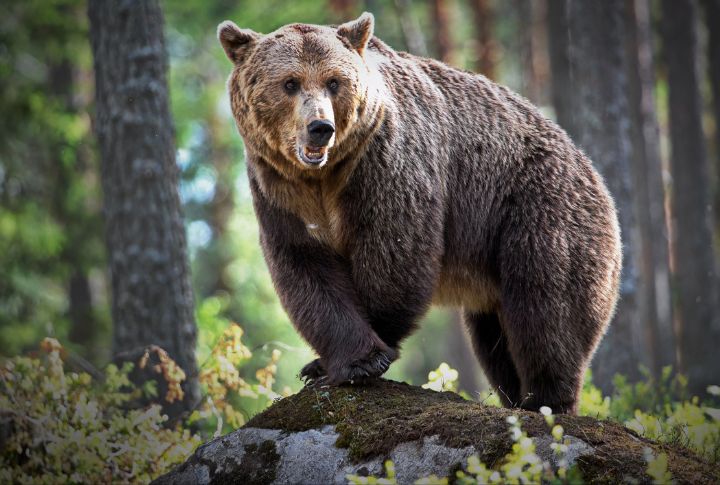
The silvertip’s eyesight is not as poor as erroneously thought! Research shows they can spot prey from over a mile away. The wide field of vision and motion detection capabilities make them effective hunters.
Not Protected by Law
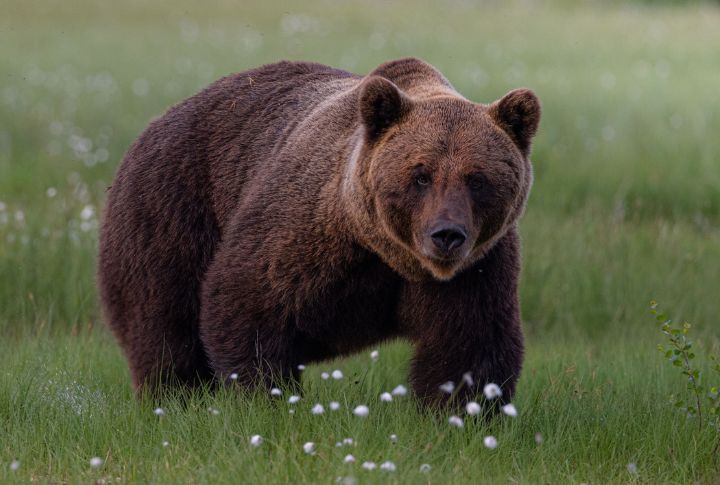
Despite common misconceptions, in many areas, grizzly bears are indeed protected by law! The Endangered Species Act and national park regulations safeguard their populations. However, regional variations in protection status highlight the need for continued conservation efforts.
Grizzlies Are Endangered Everywhere
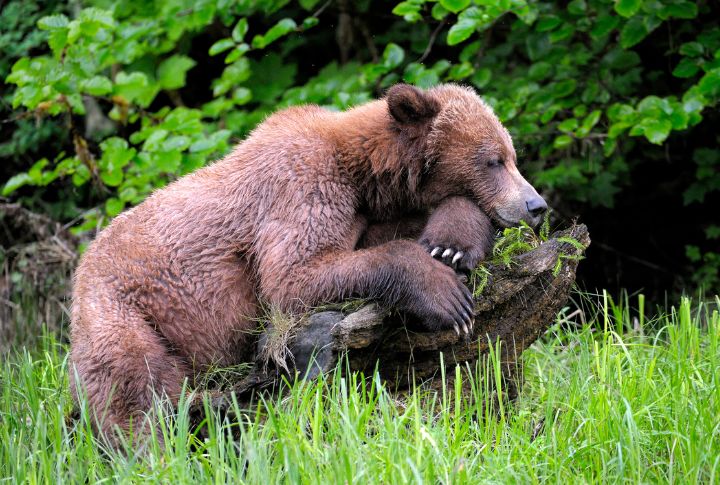
While some populations of the animal are indeed threatened or endangered, others are stable or even increasing in number. Conservation efforts help maintain healthy populations.


Comments
Loading…